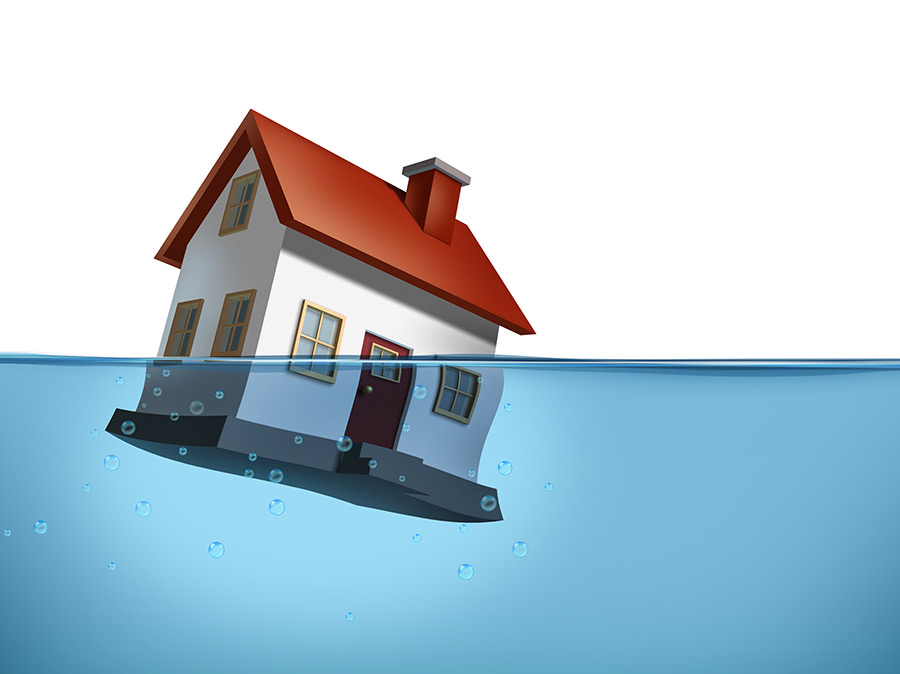What are your beliefs about Common Water Leaks In House?

Leakages not just create waste of water yet can additionally cause unnecessary damage to your home as well as advertise undesirable natural development. Regrettably, water leaks might go unnoticed since most of the pipework in our residence is concealed. By comprehending as well as looking for everyday situations that create leakages, you can safeguard your house from future leakages and also unneeded damages. Today, we will check out six leakage creates that may be creating your pipelines to drip.
Immediate temperature level adjustments.
Extreme temperature level adjustments in our pipelines can create them to increase as well as get all of a sudden. This development and also contraction may cause cracks in the pipelines, especially if the temperature are below freezing. It would be best if you watched on just how your plumbing functions. The visibility of the previously stated conditions often suggests a high danger.
Rusty water supply
As time goes by, your plumbing system ages as well as corrosion such as rust may start eating away the pipelines. This might be the root cause of discoloration or bending on your water pipes. This requires an inspection with your plumber instantly. Think about replacing the pipes because they are at a higher danger of deterioration than the more recent designs if our plumbing system is old.
Defective Pipe Joints
The point at which your pipelines link is frequently the weakest link in the waterline. Pipeline joints can degrade in time, causing water leakages. The bulk of pipe joints are not conveniently visible. If you have loud pipes that make ticking or banging sounds, especially when the hot water is activated, your pipe joints are most likely under a great deal of pressure. It is a good idea to have your plumber evaluate your system annually.
Intruding origins
The majority of water leakages begin outside your house as opposed to inside it. If you notice an unexpected reduction in water stress, claim in your faucet, require time to go out and examine your backyard. You might see wet spots or sinkholes in your yard, and that could imply that tree roots are invading water lines causing water to permeate out. You can have your plumber look for invasion, especially if you have trees or bushes near your residential property.
Poor Water Connectors
Sometimes, a leakage can be caused by loose hose pipes and pipelines that provide your appliances. Generally, changing is what causes the loosened water Connections. You may locate in the case of a washing device, a pipe may spring a leak because of drinking during the spin cycle. In case of a water connections leakage, you may observe water running straight from the supply line or pools around your appliances.
Blocked Drains
Blocked drains could be frustrating and inconveniencing, but they can in some cases wind up causing an overflow causing burst pipes. Keep getting rid of any kind of products that might decrease your drains pipes that could block them to stay clear of such troubles.
All the above are causes of leakages however not all water leakages arise from plumbing leaks; some leakages might come from roof covering leakages. All leaks ought to be repaired quickly to avoid water damage.
Leaks not only cause waste of water however can likewise trigger unnecessary damage to your house as well as promote unwanted organic growth. By understanding as well as looking for everyday scenarios that create leakages, you can secure your residence from future leaks and unnecessary damages. Today, we will certainly look at 6 leakage creates that may be causing your pipes to drip.
At times, a leak can be caused by loose hose pipes as well as pipes that supply your home appliances. In situation of a water connections leak, you may notice water running directly from the supply line or pools around your devices.
How To Check For Water Leak In Your Home
How To Check for Leaks
The average household's leaks can account for nearly 10,000 gallons of water wasted every year and ten percent of homes have leaks that waste 90 gallons or more per day. Common types of leaks found in the home are worn toilet flappers, dripping faucets, and other leaking valves. These types of leaks are often easy to fix, requiring only a few tools and hardware that can pay for themselves in water savings. Fixing easily corrected household water leaks can save homeowners about 10 percent on their water bills.
To check for leaks in your home, you first need to determine whether you're wasting water and then identify the source of the leak. Here are some tips for finding leaks:
Take a look at your water usage during a colder month, such as January or February. If a family of four exceeds 12,000 gallons per month, there are serious leaks.
Check your water meter before and after a two-hour period when no water is being used. If the meter changes at all, you probably have a leak.
Identify toilet leaks by placing a drop of food coloring in the toilet tank. If any color shows up in the bowl after 10 minutes, you have a leak. (Be sure to flush immediately after the experiment to avoid staining the tank.)
Examine faucet gaskets and pipe fittings for any water on the outside of the pipe to check for surface leaks.
Undetected water leaks can happen without the home or business owner even realizing. If you suspect a water leak, but not able to find the source. It is time to contact a professional water leak detection service, The Leak Doctor.
How To Find a Water Leak In Your Home
https://www.leakdoctor.com/blog/How-To-Check-For-Water-Leak-In-Your-Home_AE197.html

I came across that content on How to detect water leaks in your home when doing a search on the web. Are you aware of somebody who is looking into the topic? Feel free to promote it. Many thanks for your time. Visit again soon.
Visit My Site